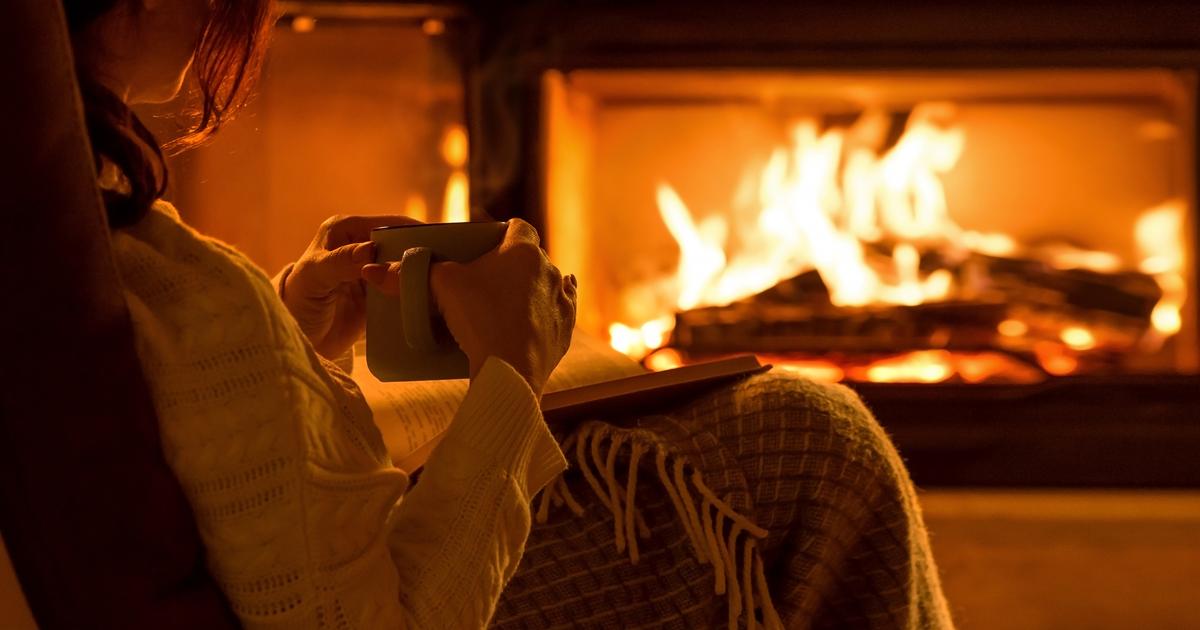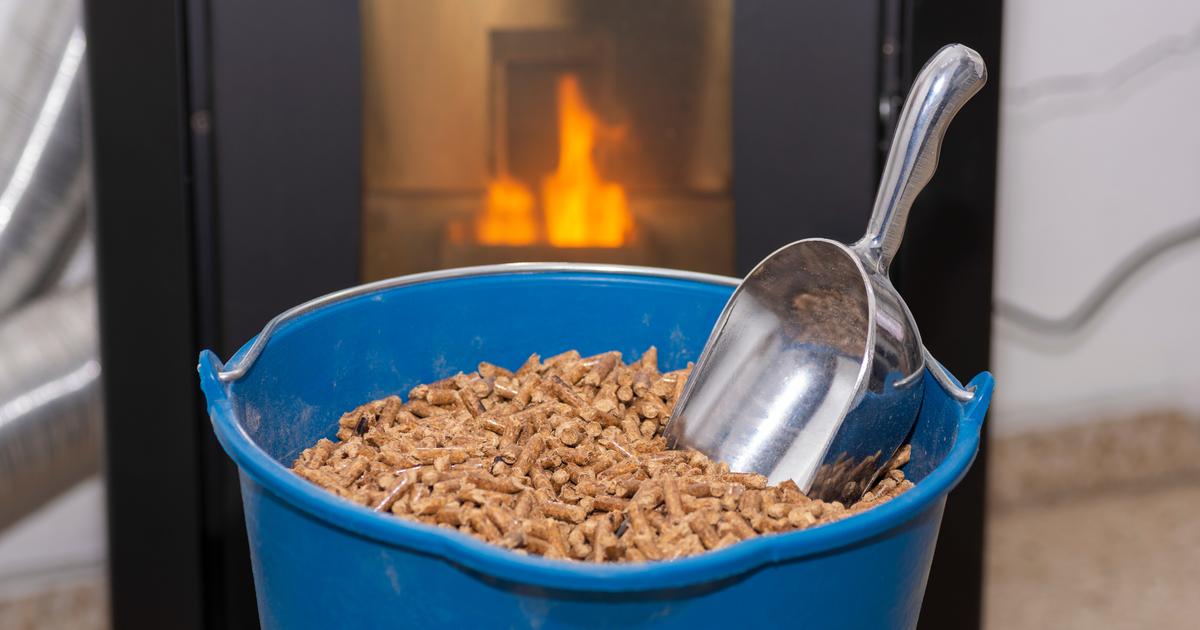The presence of a wood stove or a fireplace in the house is very appreciable: they diffuse a very pleasant heat and an ideal temperature in winter.
But they can also be the cause of significant damage in the event of non-compliance with the safety instructions.
Can a wood stove catch fire?
Indeed, a wood stove or pellet stove can catch fire if the safety precautions are not respected and if it is not used or maintained correctly.
What are the fire hazards?
Generally, they are related:
to an accumulation of ashes,
insufficient sweeping,
improper installation,
or a manufacturing defect.
To use a wood-burning stove safely on a daily basis, it is important to follow the instructions and safety instructions.
Regular maintenance of your stove is recommended.
You have to :
empty the ash box
wash the glass and internal walls of pellet stoves
clean the crucible
The annual sweeping is also an opportunity to have your log or pellet stove serviced by a professional: he will check that the appliance is in good working order and clean the ducts to avoid the risk of fire.
Fireplace: beware of the risk of fire
What precautions should you take when using your fireplace to avoid the risk of fire?
First make sure it is in good condition before lighting a wood fire.
If you haven't used it for a long time, have a professional chimney sweep come in to make sure the vent is free of clogs and the risk of carbon monoxide poisoning or fire.
Here are also some tips to consider when using it:
Always watch the fire when you have lit it.
Install a smoke detector in the room where the fireplace is located.
Use only seasoned wood.
Avoid burning other materials (printed paper, cardboard or plastic objects, garbage, etc.).
Keep combustible materials more than one meter away from the traditional chimney or heat sources.
Collect the ashes so that they do not accumulate by letting them cool completely before cleaning them and throwing them away (at least 48h).
Clean the fireplace insert and the glass (if it is a closed fireplace) after each use.
Read alsoWood stove or fireplace: how to choose?
What to do in case of flying sparks?
If you have an open fireplace (whether an old fireplace or a modern fireplace), flying sparks when using it are possible.
Be aware that these sparks can cause fires.
What precautions should be taken to avoid this risk with a wood-burning appliance?
Use a chimney screen to protect the surroundings from flying sparks.
This type of firewall also protects you from the heat released by the wood-burning fireplace.
Make sure the flue is clean and in good condition before starting a chimney fire.
Soot buildup can cause sparks.
Do not use damp wood which can produce flying sparks.
Constantly monitor the fire to detect flying sparks and act quickly if necessary.
The simplest alternative is to choose closed hearths.
Read alsoHouse on fire: what to do?
how to react ?
What safety measures should be taken to limit the risk of fire?
It is important to have stoves and fireplaces regularly checked by a professional.
The latter will check that your heating system is in good working order and will clean the chimney to prevent the accumulation of soot and residue.
There are several safety measures to take to limit the risk of fire in your home:
Have your fireplace or green flame stove installed by an RGE professional, to ensure that the installation is correct and the heaters are suitable for your home.
Install smoke detectors and fire alarms on every level of your home.
Make sure they are working properly and replace the batteries regularly.
Maintain your chimney and have the chimney swept to avoid the risk of fire.
Use only dry firewood or logs to fuel the fire and do not overload your installation with wood or wood pellets.
Watch the fire when it is lit and make sure it does not go out overnight.
Establish an escape plan with all members of your family and make sure everyone knows how to react in the event of a fire.
Get a fire extinguisher.
Do not obstruct the passage to the exits.
By following these tips, you can reduce the risk of fire in your home and protect your family.
Vigilance is the best way to limit the risk of fire is to take precautions and be alert.















